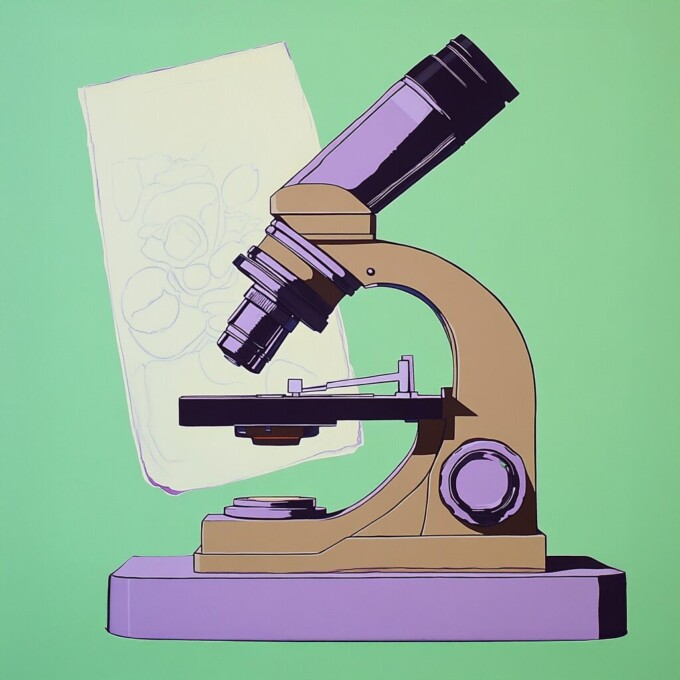“Researchers have now found a new class of origami that they call bloom patterns. Resembling idealized flowers, many bloom patterns are rotationally symmetric around the center.
The bloom patterns, with their set of attractive properties, appear promising for future engineering uses, especially for large structures that are sent to outer space. They fold up flat and compactly, they can be constructed out of one flat sheet, and they can be extended to ever larger shapes.
The discoveries originated from the paper-folding explorations of Zhongyuan Wang, a sophomore at Brigham Young University in Utah…
The bloom patterns can be broken down into repeating tiles of creased patterns, called wedges, around a central polygon. Larger structures, which can still be folded flat, are created by expanding the wedges into larger shapes with additional creases. When folded up, the wedges stack up in a helical shape.
Dr. Howell said that a search through the scientific literature turned up a few individual bloom patterns that had been folded previously, but the new paper provides a general mathematical framework that describes a new class of possible foldings…
Dr. Howell’s research group has made physical manifestations of the bloom patterns, not just out of paper but also from other materials like 3-D printed plastics.
Real-world applications, like solar panels, will not be as thin as paper, and the folds may need to be wider to accommodate the thickness of the tiles. Still, the fundamental flat-folding nature of bloom patterns means that it should be easier to pack a structure into the limited space of a rocket.”
From New York Times.




